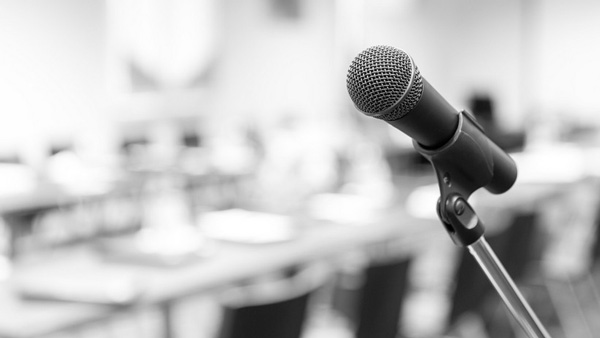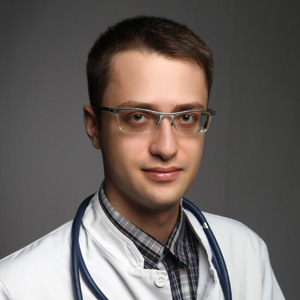What I learned from teaching EBM: Turning listeners into evidence advocates
Introduction
The Global Burden of Disease (GBD) is the most comprehensive worldwide observational epidemiological study, with a unique set of computational methods and more than 607 billion estimates spanning the globe. Participating in the GBD collaboration—seeing real estimates of burden and, often, suffering at a dramatic macro scale—was in contrast to the cases I observed and managed within a relatively well-funded hospital. That experience led me outside the clinical department to promote an effective and humane approach to decision-making for wider benefit.
Challenge
As part of a broad epidemiological initiative and as a researcher, I was invited to develop and teach an evidence-based medicine (EBM) course for Master’s students. These were not medical students; most came from medical-relevant engineering specialties and other non-clinical fields.

There are reliable, well-described knownways of teaching EBM to medical students. But this audience and their future roles were far from routine clinical decisions. They would rarely be ‘forming a focused, answerable question based on a clinical scenario’ and ‘practicing EBM in X steps’. The teaching needed to fit the decisions they would actually make: designing systems, allocating resources, shaping policy and evaluating programs.
When researching the history of EBM (topic of the first lecture), the story that resonated most with me was one Dr Kay Dickersin shared in Oral History of EBM: an episode where, during a debate in university over the need for mammography for younger women, a policy advocate confronted the authority of a renowned physician. Back then, evidence lost to a selection of Harvard stories and passion. Time and practice distilled the guidance, but the impression left on the audience stayed. I realised: I can control what my students hear and do in the classroom and they can leave knowing what EBM is. But I cannot change the world they will enter, where they will face authority. They must be ready to communicate evidence, convincingly.
So, I thought: How can I help them become not just informed listeners but effective advocates? They do not wear white coats or carry stethoscopes. How do I equip future specialists and leaders of governing organisations with the knowledge and confidence that it is not the mere authority of a white coat and anecdotal evidence (which still happens and what we saw during COVID) that produces the best outcomes?
Certainly, I could (and did) teach them to search the literature, understand typical statistical metrics and their misuse and build forest plots. But for them, this risked becoming largely scholastic work: dense texts, medical jargon and far-off clinical contexts. What, then, would make them certain about the EBM paradigm?
My solution was twofold.
Use questions audience cares about
Put the evidence where it belongs—between the question and the action. Students were asked to perform small, deliberately constrained systematic reviews on topics of their choosing, as soon as they could formulate a PICO. Some projects failed due to lack of published evidence, of course. That, too, was a lesson: sometimes the correct evidence-based action is to acknowledge uncertainty or to recommend data collection. But what a variety of questions and answers they presented each semester! Rather than catalogue the best examples, I’ll note the outcome: students grew into the process of synthesising knowledge and developed empathy for the careful, sometimes uncomfortable, answers that synthesis yields. Surprisingly few explored questions related to their own or a relative’s health. I supervised those projects especially carefully, ensuring they understood the limits of their analyses and the difference between classroom synthesis and personal medical advice.
Show understandable global numbers
Show global numbers in ways students can grasp.
The latter part was more straightforward. I brought in large-scale estimates from the GBD and we worked through how to apply evidence, not only to clinical recommendations but also to policy questions: setting priorities, allocating resources, anticipating trade-offs and evaluating impact. Seeing the magnitude and distribution of burden—translated into the decisions they might one day make—gave students a clear line of sight from evidence to consequence. Evidence became less abstract and more like a tool they could pick up when designing programs, informing procurement, or justifying a course of action to stakeholders.
By the end, students learned to ask meaningful questions, acquire and appraise relevant studies, apply findings to decisions within their sphere and assess what changed. Most importantly, they saw that the world changes when evidence is placed firmly between the questions we ask and the actions we take—and that even without white coats, they can carry that method into boardrooms, ministries and engineering labs.
Key take-home messages
Tailor teaching to the audience’s future roles—not just hard skills.
Make the link between evidence and action clear. Use global estimates (e.g., GBD) that are understandable for general audiences.
References
Mathers, C.D. History of global burden of disease assessment at the World Health Organization. Archiv Public Health 2020;78(1):77.
Dawes, M., Summerskill, W., Glasziou, P. et al. Sicily statement on evidence-based practice. BMC Med Educ 2005;5:1. https://doi.org/10.1186/1472-6920-5-1
Smith, R. & Drummond, R. Evidence-based medicine—an oral history. JAMA 2014;311:365-367.
To link to this article - DOI: https://doi.org/10.70253/JGSA4804
Disclaimer
The views expressed in this World EBHC Day Blog, as well as any errors or omissions, are the sole responsibility of the author and do not represent the views of the World EBHC Day Steering Committee, Official Partners or Sponsors; nor does it imply endorsement by the aforementioned parties.
